What is Pool Filter Media?
Filter media is what traps particles when pool (or spa) water passes through your filter. Filter media has a very dirty job and is a key component in maintaining clear water.
There are several types of filters used in the market today and It’s important to understand what kind you have in order to choose the appropriate media as well as understanding how much to use based on your filter size.
Media can be silica sand, recycled glass, zeolite, and diatomaceous earth (DE) to mention a few. Oh, and don’t forget about cartridge filters, their pleats are typically made from polyester cloth or corrugated paper.
Interesting Facts About Pool Filter Media
- Zeolite was created by volcanic ash and is used in cat litter and fuel cells
- Diatomaceous earth is made from fossilized remains of diatoms, a type of hard-shelled protist, and can be used as a natural insecticide.
What Are the Most Common Types of Pool Filters and Media?
There are three common filter solutions found in the most pool (and spa) setups today – sand, D.E., and cartridge filters.
Although they all have their own specific maintenance routines and media requirements they all work in the same way, water is circulated through the filter and tiny particles are trapped as the water makes its way down to the bottom of the filter and eventually back out to your pool (or spa).
Here are two nice videos that explain the types of filters and how to maintain them.

Sand Filter Media
Media for sand filters comes in three main forms – silica sand, zeolite, and recycled glass.
Silica Sand
- Cheaper than zeolite or glass.
- Doesn’t filter smaller particles like algae (algae are 5 to 10 microns and sand filters 20 microns). As a result, this means that you would need to use a clarifier to filter out algae and help clear water after an outbreak treatment.
Zeolite
- More expensive, but requires only about half as much vs silica sand.
- Can cause water to be cloudy for a few days when added to the filter (caused by zeolite dust not being backwashed/rinsed out before allowing pool water to be filtered).
- Lasts longer than silica sand.
- Filters particles down to 5 microns
Recycled Glass
- More expensive upfront but lasts longer than silica and zeolite.
- Requires less backwashing.
- Environmentally friendly.
D.E. Filter Media
DE filters can also use multiple types of media such as diatomaceous earth and alternatives like perlite and cellulose plant fiber.
Diatomaceous Earth (D.E)
- Most common media for D.E. filters
- Inhaling dust can be hazardous, and contains crystalline silica which is listed as a carcinogen.
- Can be messier.
- Doesn’t backwash out of the filter as well as D.E alternatives.
- Cheaper than D.E. alternatives.
Perlite
- Cost is about the same as D.E. due to the fact that it only takes half as much
- Same filtering capability as D.E.
- The cost is a little more than D.E.
Cellulose
- Cost is more than D.E. or perlite.
- Best filtering capability, approximately 2 microns.
Safety Information About Pool Filter Media
You should always read and follow all safety precautions on the product labels. Keeping your pool (or spa) safe means keeping yourself and others around you safe while maintaining your chemistry and your equipment. Some common recommendations include:
- Wearing protective gear such as gloves and eye protection.
- Store chemicals in ventilated areas and separate from one another to avoid chemical reactions from leaks.
- Do not mix chemicals.
See this informative video for some more great tips on pool chemical safety.

